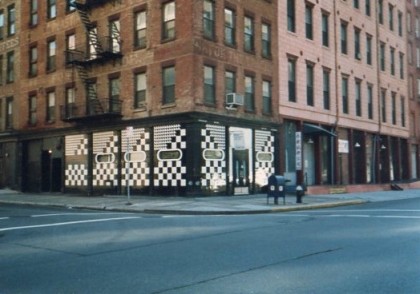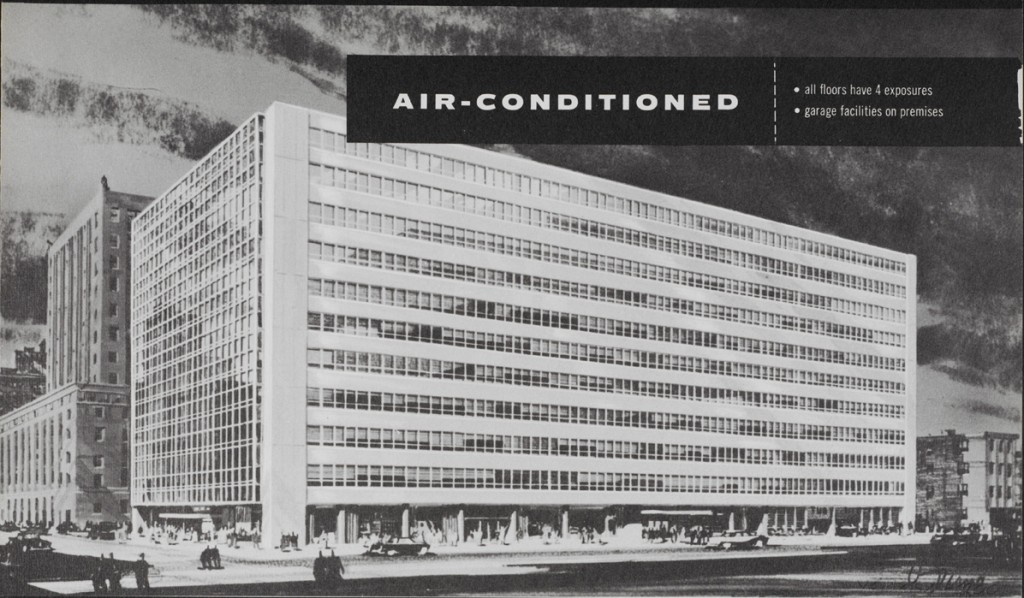Historical Tribeca: A Scrapbook
One of the great charms of Tribeca is its sense of history, and I’ll run pretty much any old photo I can get my hand on. Here are posts dedicated to the Tribeca of yore (in no particular order). Someday maybe I’ll gather up all the old photos that have run in Seen & Heard and In the News posts, too….
P.S. Please let me know if you have any old photos! I’m at tribecacitizen@gmail.com.
··································
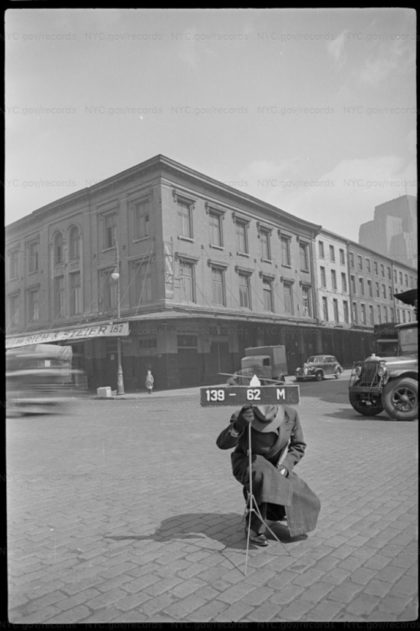 TRIBECA IN THE 1940S
TRIBECA IN THE 1940S
The New York City Municipal Archives has added the 1940s Department of Taxation photos to its online database.
··································
TRIBECA IN THE 1980S
Yvonne Babineaux took a bunch of photos between 1983 and 1990: “Most were probably taken in 1988, because some of them have a stamp on the back from the developer,” she said. “They’re no later than 1991, because I moved away then.”
··································
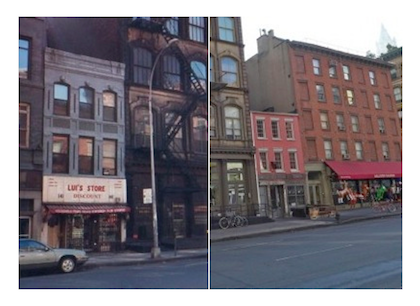 TRIBECA: 1980s AND NOW
TRIBECA: 1980s AND NOW
After I posted Yvonne Babineaux’s photos of Tribeca in the 1980s, I went out and took “now” shots for comparison’s sake. It was quite an undertaking.
••• Part 1: W. Broadway and Duane
••• Part 2: Staple, Harrison, Jay, and Hudson
••• Part 3: Leonard, Varick, N. Moore, Franklin, and Hudson
••• Part 4: Hudson from Ericsson to Laight, plus the Holland Tunnel and Broome
••• Part 5: Hubert, Collister, and Greenwich
••• Part 6: Greenwich, from Beach to Vestry
••• Part 7: Greenwich and Desbrosses
••• Part 8: Washington from Laight to Watts
••• Part 9: The Unknowns (which were solved by readers)
··································
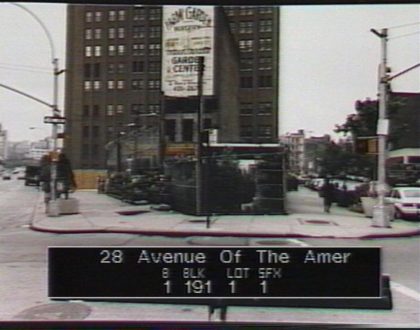 WHEN TRIBECA WAS SMALL
WHEN TRIBECA WAS SMALL
There’s an addictive interactive map with photos of the city in the mid-1980s. It’s a stark reminder of how many one- and two-story buildings have been torn down in subsequent decades.
··································
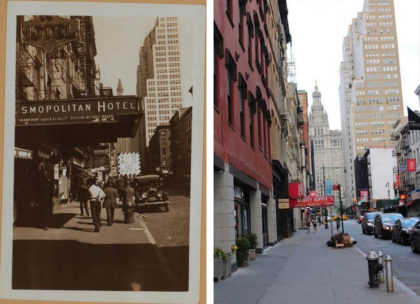 TRIBECA: 1930S AND NOW
TRIBECA: 1930S AND NOW
Ivan Kosnyrev sifted through the New York Public Library’s historical photos of the neighborhood, and then he shot the locations as they look now.
••• Part 1: South Tribeca
••• Part 2: Central Tribeca
••• Part 3: Northwest Tribeca
··································
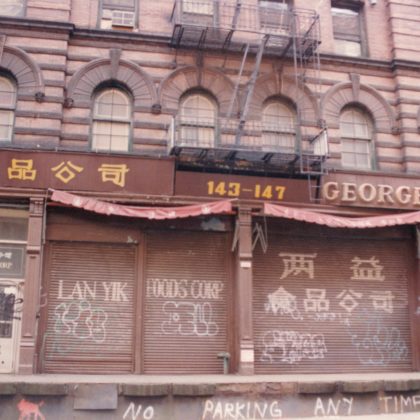 TRIBECA: 1990 AND EARLIER
TRIBECA: 1990 AND EARLIER
Jane Freeman took a lot of photographs of Tribeca buildings in the 1980s; TC paired them with corresponding contemporary shots.
••• Franklin Street
••• W. Broadway and Staple Street
••• South Tribeca
••• Beach, Hubert, Collister, and Ericsson
••• Hudson Street
••• Washington Street and Environs
••• Upper Greenwich Street
••• Lower Greenwich Street
••• The Unknowns (Part 1)
••• The Unknowns (Part 2)
••• The Unknowns (Part 3)
··································
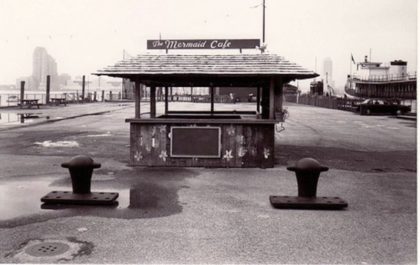 TRIBECA IN THE 1990S
TRIBECA IN THE 1990S
Flaming Pablum has photos of Tribeca in the mid to late 90s, when the neighborhood was still delectably desolate.
··································
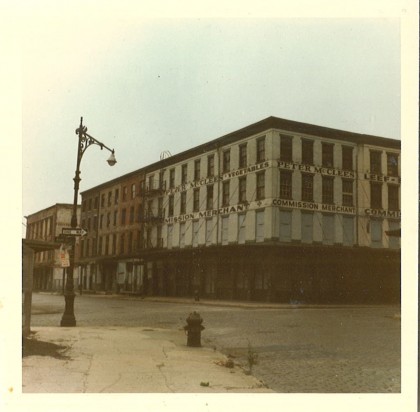 A SCRAPBOOK OF OLD TRIBECA
A SCRAPBOOK OF OLD TRIBECA
What trickled in after the “Tribeca in the 1980s” post: El Internacional, the restaurant on W. Broadway where El Teddy’s once stood; N. Moore between West and Greenwich, circa 1975; the demolition of the wonderful Marine Midland Bank building where the Smyth now stands; the far west side from a Duane rooftop in 1976; the Towers Cafeteria (where the Odeon is now); and Washington Market area in the spring and summer of 1970.
··································
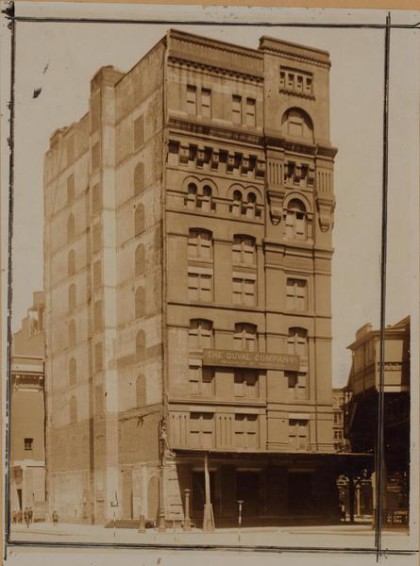 THE MOTHER LODE OF OLD TRIBECA PHOTOS
THE MOTHER LODE OF OLD TRIBECA PHOTOS
OldNYC.org is a site that makes the New York Public Library’s historical photos of the city incredibly easy to browse. What a gift! I randomly chose a few to post here, but they’re just the tip of the iceberg.
··································
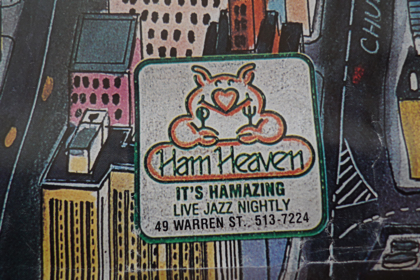 FLASHBACK TO 1986
FLASHBACK TO 1986
Jackie Sencion loaned me a poster map of lower Manhattan from 1986. I thought about trying to find a big enough scanner, but it’s huge, so I ultimately (and expediently!) decided that what was most interesting wasn’t the map in its entirety, but the ads.
··································
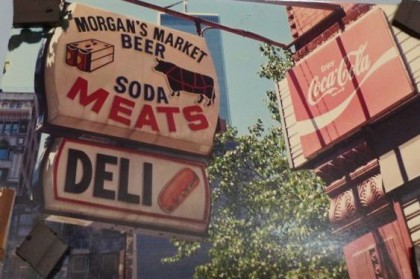 THE WAY TRIBECA WAS
THE WAY TRIBECA WAS
Jean Grillo shared her wonderful wall of photos of old Tribeca. Not only did she take photos of buildings when very few other people did, she collected business cards, too.
··································
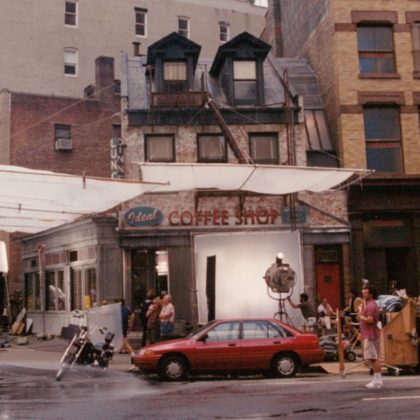 WHEN HOLLYWOOD BUILT A FAKE DINER IN TRIBECA
WHEN HOLLYWOOD BUILT A FAKE DINER IN TRIBECA
Jane Freeman took many photos of the set constructed for It Could Happen to You, starring Nicolas Cage and Bridget Fonda. The set designers also built a loft building next door.
··································
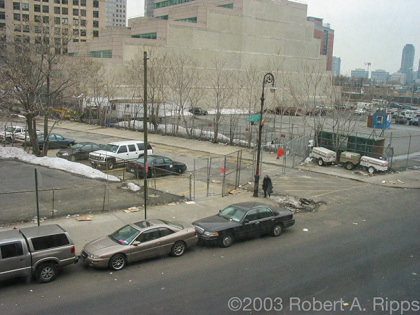 TRIBECA’S DECADE OF MAJOR TRANSITION
TRIBECA’S DECADE OF MAJOR TRANSITION
A post about all of the demolition going on inspired photographer Robert A. Ripps to see if he had a photo of the gas station that used to be at Canal and West Street. “I could only find post closure,” he said. “But I did find a few oldies of the neighborhood as some buildings were being constructed, destructed, or still unbuilt.” What’s especially amazing is that none date from before 2002, and most are from 2006 or more recent.
··································
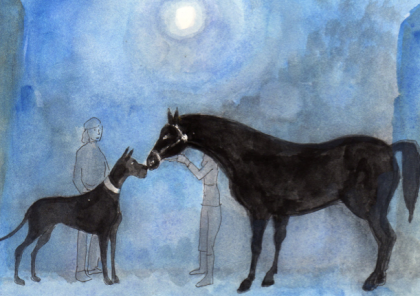 THE RECOLLECTIONS OF JANE FREEMAN
THE RECOLLECTIONS OF JANE FREEMAN
Artist Jane Freeman, who has lived in Tribeca since 1976, shares some of her marvelously evocative writings about life in the neighborhood over the years. Part 1, Part 2, Part 3, and Part 4.
··································
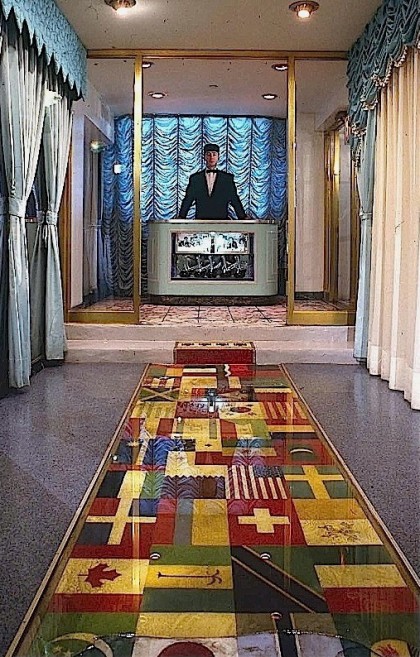 EL INTERNACIONAL, THE FIRST POSTMODERN ART RESTAURANT
EL INTERNACIONAL, THE FIRST POSTMODERN ART RESTAURANT
The artists behind 80s restaurant El Internacional—a perfect example of New York City in its creative heyday—shared photos from their book proposal.
··································
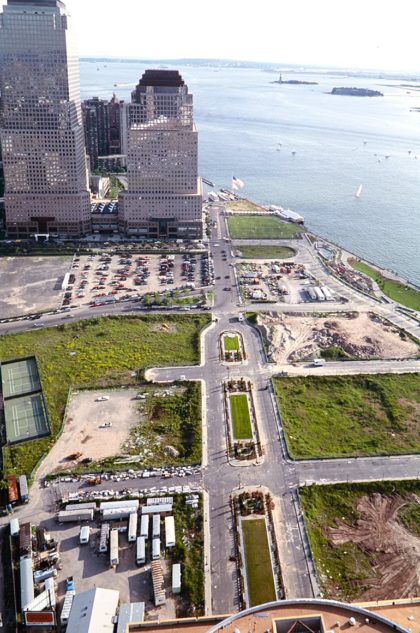 THE BIRTH OF BATTERY PARK CITY
THE BIRTH OF BATTERY PARK CITY
In 1968, Governor Nelson Rockefeller signed the Battery Park City Authority Act—the first step in a long process of building a neighborhood from the ground (or water) up. Historical photos show how it happened.
··································
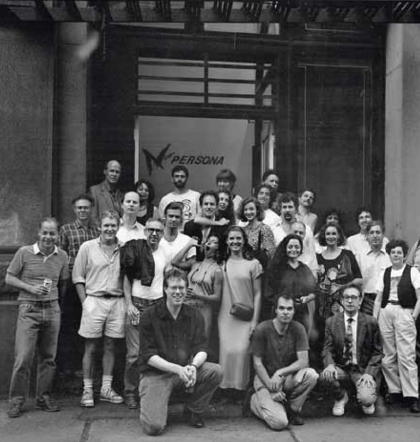 ROB MANGO
ROB MANGO
Artist Rob Mango—whose gallery on Duane Park is a Tribeca institution—wrote a book, 100 Paintings: An Artist’s Life in New York City, that was not just a survey of his art but also a vivid account of the birth of Tribeca as a residential neighborhood. He agreed to let me run several excerpts.
••• Part 1: Tribeca in 1977, when he moved to Duane Street
••• Part 2: 1979 to 1983, when the artists and truck drivers suddenly found themselves joined by real-estate developers
••• Part 3: A trio of famous personalities: Martin Scorsese, Isabella Rossellini, and Ingrid Bergman
••• Part 4: Opening a Tribeca gallery in 1984
••• Part 5: Househunting with Bob Dylan in 1989
··································
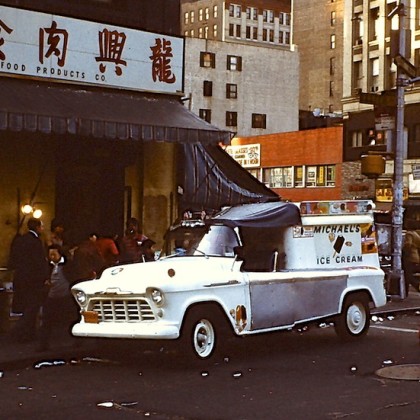 LOWER MANHATTAN IN 1980: A PHOTO ESSAY
LOWER MANHATTAN IN 1980: A PHOTO ESSAY
In 1980, Ed Sijmons and LouiseLH of Amsterdam visited New York City and took hundreds of photos—including of FiDi, Chinatown, the Village, and the Lower East Side.
··································
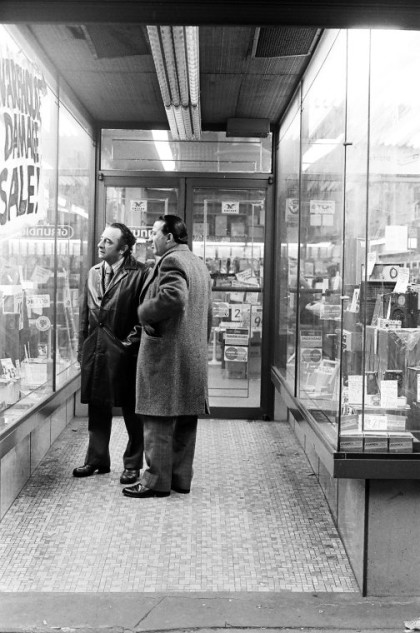 TRIBECA DOORWAYS IN 1975 AND 1976
TRIBECA DOORWAYS IN 1975 AND 1976
A map by the New York Public Library showcases the matter-of-fact—and yet wonderfully evocative—photos that Roy Colmer took of Manhattan doorways, including many in our little corner. (Colmer, it turned out, lived in Tribeca for 30-odd years.)
··································
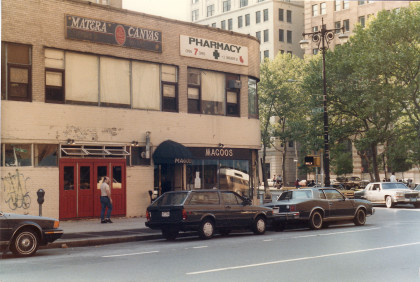 MORE PHOTOS OF OLD TRIBECA
MORE PHOTOS OF OLD TRIBECA
Another assortment of reader submissions: 163 Duane (where Bouley is now) in 1995; Duane Street in 1976 and 1988; Sixth and Walker in 1988.
··································
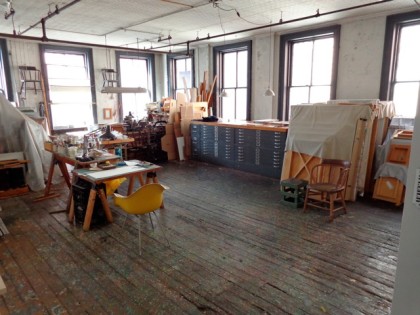 A TRIBECA PIONEER’S TALE
A TRIBECA PIONEER’S TALE
Forty-five years after John Willenbecher moved into his W. Broadway loft, he wrote about what life was like around here back then—when you could assume that anyone you saw out and about on a weekend had to also be an artist.
··································
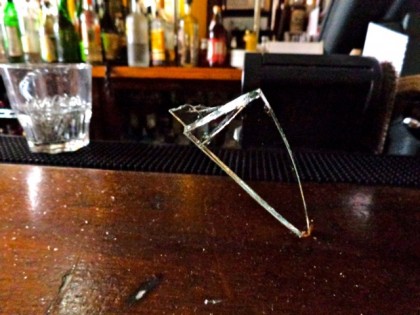 SANDYMONIUM
SANDYMONIUM
After Hurricane Sandy struck New York City, artist John Willenbecher wrote a memoir about life during the aftermath. It’s a thoroughly charming, valuable account of a week of powerlessness—with long days and even longer nights.
··································
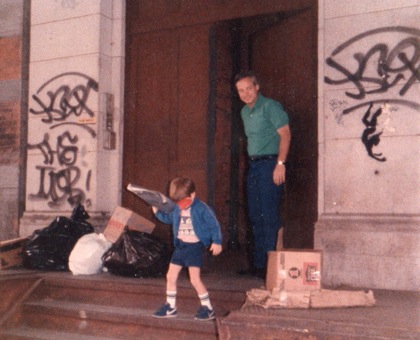 DID THAT REALLY HAPPEN?
DID THAT REALLY HAPPEN?
Gardiner Comfort, who was born in Tribeca in 1980, recalls what it was like to grow up here back then and mulls over what has been lost.
··································
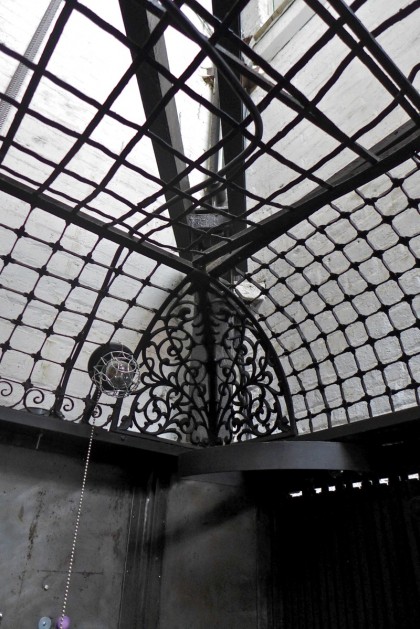 THE UPS AND DOWNS OF OLD TRIBECA
THE UPS AND DOWNS OF OLD TRIBECA
“Every kid who grew up downtown in the old days remembers riding in freight elevators,” reminisces Gardiner Comfort. “All the old industrial buildings had them: hand-operated, ancient cages that left the brick shaft walls open and the distant vanishing point of the top floor visible.” His essay gave me license to ask artist Grimanesa Amorós whether I could shoot the elevator at 54 N. Moore—and it turns out there are two. Part 1 and Part 2.
··································
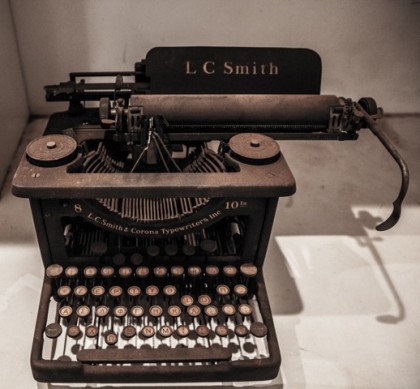 A DUSTY GLIMPSE OF THE INDUSTRIAL PAST
A DUSTY GLIMPSE OF THE INDUSTRIAL PAST
While walking by 28 N. Moore, writer Valeria Likhova and photographer Marisa McGrody simply asked if they could go in and take a look around. They found some wonderful relics.
··································
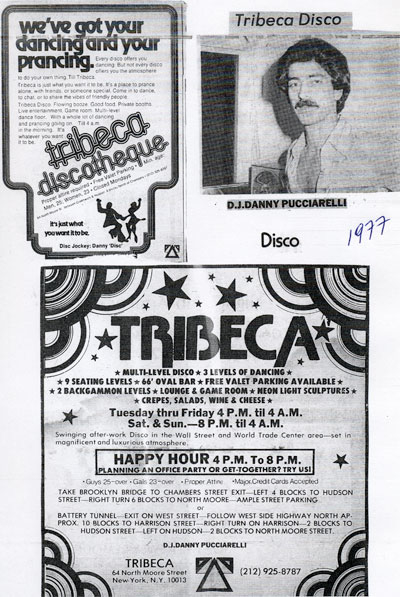 TWO TRIBECA ARTIFACTS
TWO TRIBECA ARTIFACTS
Readers sent over two wonderful Tribeca artifacts (that couldn’t be more different).
··································
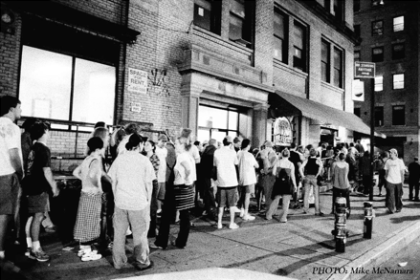 REMEMBERING THE WETLANDS
REMEMBERING THE WETLANDS
An entertaining book celebrated the Wetlands, a much-loved music club and activist hangout, by collecting nine years’ of performance calendars and other memorabilia.
··································
RUMMAGING THE PAST
A bunch of old real-estate brochures are now available online, and many are in Tribeca. They make for a fascinating glimpse into the way things used to be.
··································
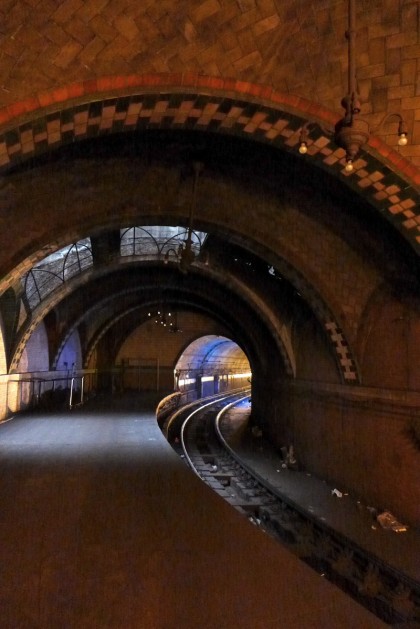 INSIDE THE OLD CITY HALL SUBWAY STATION
INSIDE THE OLD CITY HALL SUBWAY STATION
The New York Transit Museum runs occasional tours of the decommissioned station one stop south of the Brooklyn Bridge stop. It just happens to the most beautiful station in the system.
··································
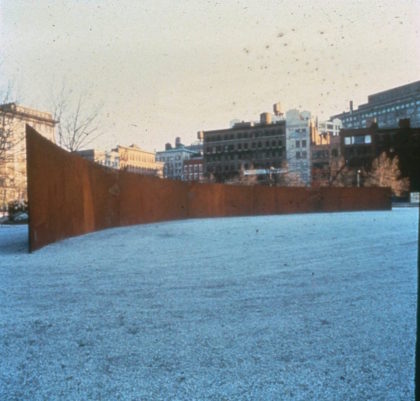 WHEN RICHARD SERRA DOMINATED TRIBECA
WHEN RICHARD SERRA DOMINATED TRIBECA
For much of the 1980s, there was a massive Richard Serra sculpture in the Holland Tunnel off-ramp circle. And for a short time, Serra also had a sculpture in Finn Square.
··································
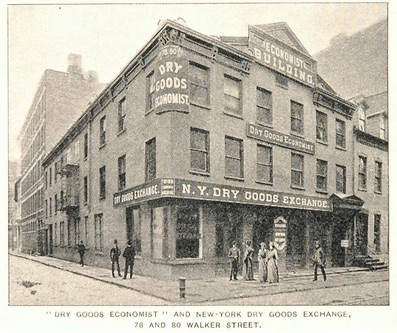 WONDERFUL OLD PRINTS OF DOWNTOWN
WONDERFUL OLD PRINTS OF DOWNTOWN
Period Paper’s sale of historical prints included these beauties. (Above: 78-80 Walker.)
··································







